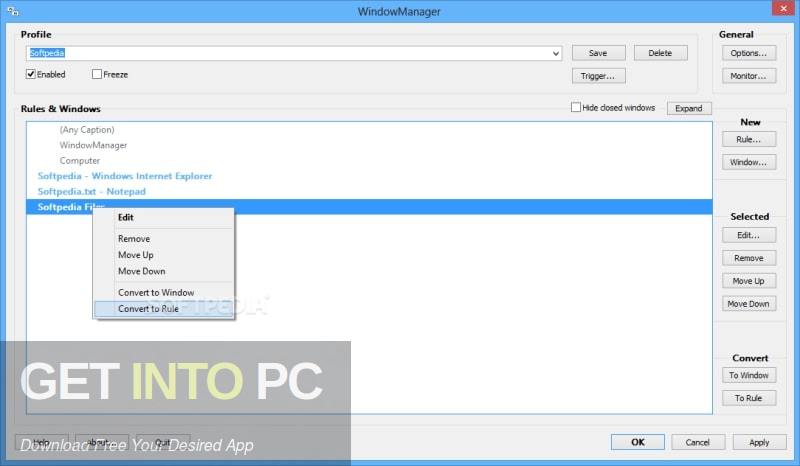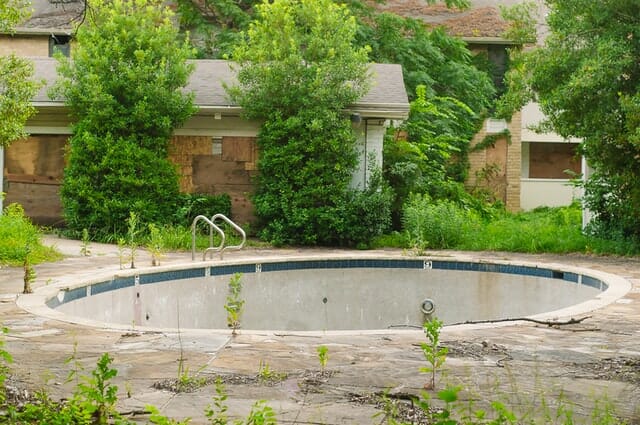

Direct Rendering Infrastructure (DRI), Direct Rendering Manager (DRM)) "in the middle", with "window systems like X and Wayland. all talking to the X server, which is at the center of the universe" towards putting the Linux kernel and its components (i.e. īeginning around 2010, Linux desktop graphics have moved from having "a pile of rendering interfaces. The Wayland Display Server project was started by Red Hat developer Kristian Høgsberg in 2008. The compositor can then directly issue an ioctl to schedule a pageflip with KMS. The Wayland compositor collects damage requests from its clients and then re-composites the screen.But in the Wayland case, the rendering happens by the client via EGL, and the client just sends a request to the compositor to indicate the region that was updated. As in the X case, when the client receives the event, it updates the UI in response.

The types of transformation that can be applied to a window is only restricted to what the compositor can do, as long as it can compute the inverse transformation for the input events. Thus, the Wayland compositor can pick the right window and transform the screen coordinates to window local coordinates, by applying the inverse transformations. The scenegraph corresponds to what is on screen and the Wayland compositor understands the transformations that it may have applied to the elements in the scenegraph. The Wayland compositor looks through its scenegraph to determine which window should receive the event.The evdev module of the Linux kernel gets an event and sends it to the Wayland compositor.


 0 kommentar(er)
0 kommentar(er)
